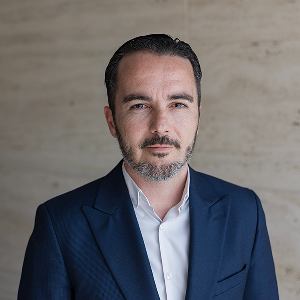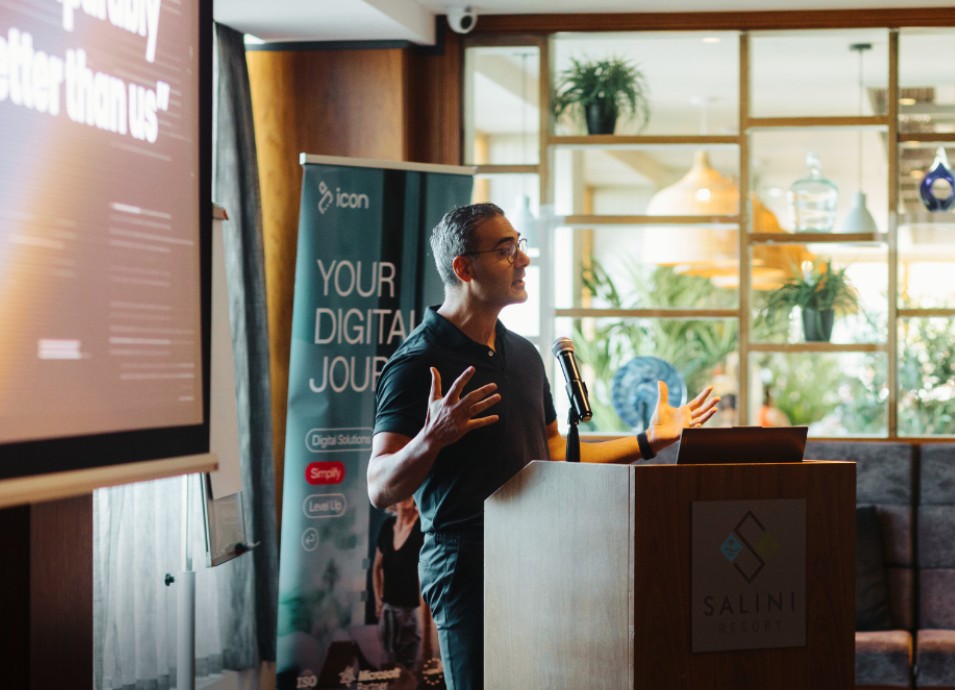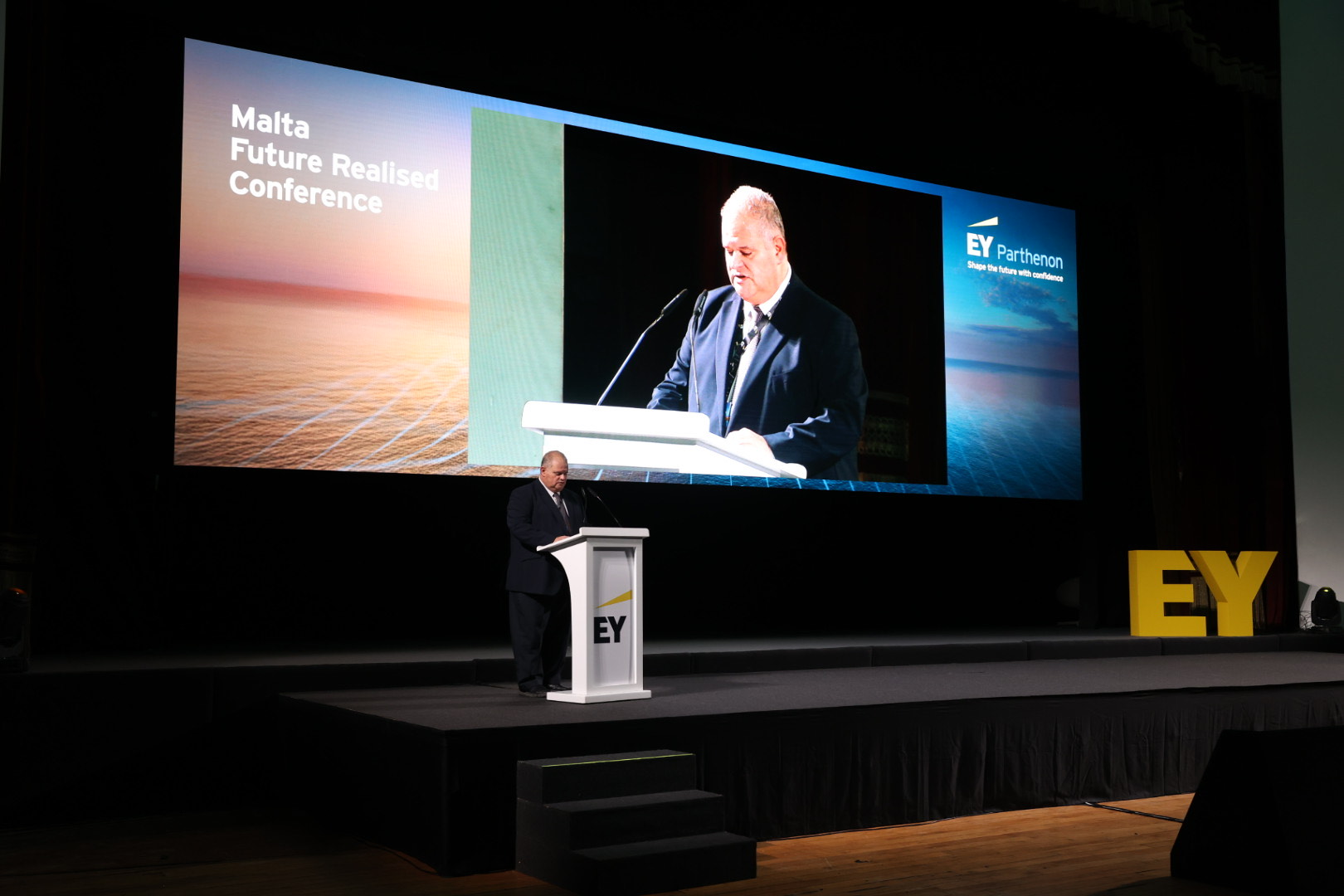New research released by stress management platform Walking on Earth (WONE) reveals a sobering reality for business leaders: Nearly half (45 per cent) of employees in the UK and US professional services and technology sectors report feeling highly stressed either frequently or all the time.
The study, which surveyed over 1,000 full-time professionals across finance, legal, technology, and business services, found that the impact of chronic stress is being profoundly underestimated by organisations. The cost to UK businesses alone is over €5.03 million annually – or approximately €11,574 per employee – with consequences ranging from lost productivity to compliance failures.
WONE’s study introduces a new concept: The Stress-Risk Thermometer. This scientifically-backed model demonstrates how rising stress levels in the workplace fuel existing business risks. As stress increases from low to high, the incidence of high-risk behaviours and outcomes – such as absenteeism, disengagement, regulatory breaches, and healthcare claims – rises sharply.
The data paints a stark picture:
- Highly stressed employees take eight times more sick days than their low-stress peers.
- They are 3.7 times more likely to consider resigning, contributing to a costly churn in talent.
- Presenteeism – where employees are physically present but mentally unengaged – costs companies an average of €2,292.50 per employee annually.
- In the legal sector, 52 per cent of employees report high stress – the highest among industries surveyed. These professionals are 1.6 times more likely to feel mentally disengaged.
- Tech employees under high stress are 1.4 times more likely to make critical errors or miss deadlines, often with compliance implications.
Meanwhile, finance professionals are 1.5 times more likely to exhibit hostile feelings towards colleagues under stress, reflecting how stress is eroding workplace relationships and team cohesion.
Despite growing awareness of mental health challenges, many organisations remain locked in a reactive mode – spending heavily on healthcare and burnout recovery, but failing to address root causes. According to the whitepaper, only 41 per cent of global senior risk professionals feel equipped to address employee burnout, even though 80 per cent anticipate it will significantly affect business outcomes in the coming year.
WONE’s CEO Reeva Misra said it best: “For too long, employee stress has been seen as an HR issue rather than a financial and operational risk. But the data is clear: Stress is actively undermining workforce stability, driving up costs, and impacting business resilience.”
Her call to action is unequivocal: “Inaction is no longer an option. The smartest strategy is prevention – embedding stress management into the core of business risk planning.”
WONE’s solution, known as the WONE Method, blends neuroscience with AI-driven micro-interventions. It equips employees with real-time tools to regulate stress and increase resilience. The results? A 74 per cent reduction in stress and a 90 per cent boost in productivity across participating organisations.
Malta faces similar pressures
A recent MISCO report reveals that the vast majority of employees in Malta feel stressed at work either occasionally or most of the time, with 86 per cent reporting mental health struggles linked to job-related stress and anxiety. Heavy workloads, tight deadlines, and lack of employer support are key contributors. Alarmingly, incidents of workplace bullying and harassment have risen to 13 per cent. While there has been a slight improvement in emotional well-being overall, many employees still report experiencing fear, isolation, and disrupted sleep and eating patterns.
What should employers do?
WONE’s whitepaper outlines a five-step roadmap for leaders looking to mitigate business risk by reducing employee stress:
- Take a systemic approach to organisational change: Redesign job roles, improve leadership behaviours, and eliminate toxic workplace norms.
- Support individuals preventatively: Don’t wait for burnout. Equip employees with science-backed tools to spot early warning signs.
- Measure what matters: Use dashboards to track both the causes and effects of stress, from absenteeism to deadline slippage.
- Bridge the HR–Risk divide: Stress belongs in the boardroom, not just the HR office. Jointly evaluate people-related risks.
- Adopt a holistic model: Integrate physical, mental, financial, and social wellbeing across your entire employee lifecycle.
In a rapidly evolving world of work – where AI is reshaping jobs and employees are working longer into life – addressing stress isn’t just good leadership. It’s good business.
‘People are the heart of our success’ – G4S Malta GM Elton Debattista
The company recently celebrated and thanked employees who 'lived G4S Malta's values through their actions'.
Amy Lang appointed Chief Marketing Officer at Ballotra
She first joined the company three years ago.
EBO CEO Gege Gatt warns: Be AI-first – or be out of business
The AI expert was speaking at ICON’s 25th anniversary event.
The Malta Chamber President: ‘The world’s economic foundations are shifting before our eyes’
William Spiteri Bailey stressed that Malta’s economy must transition away from a model rooted in labour expansion and over-construction.









